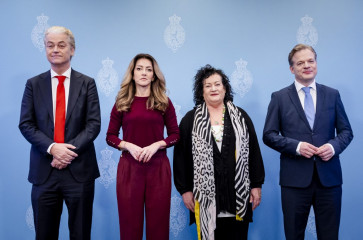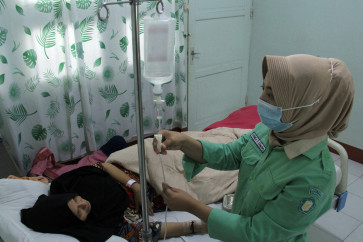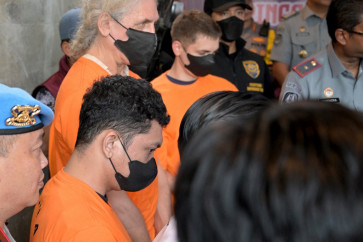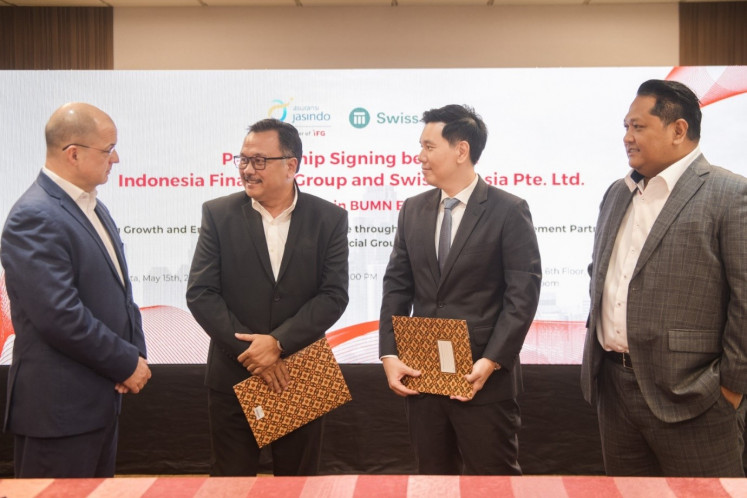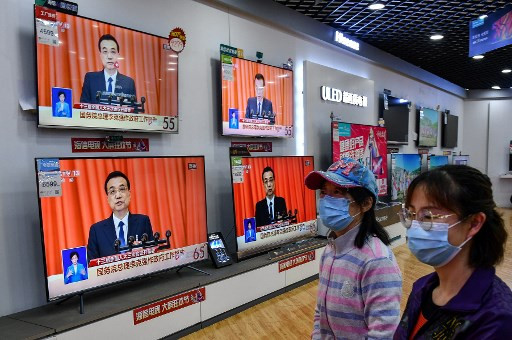Museums fuse the past and the future of Korea
Korea is a medley of traditional practices and future technologies, an intersection between where we currently are and the possibilities of where we are heading to. Throughout the capital city, hanok-style buildings of the bygone age are now used to house the latest in fashion; a testament to the perfect blend of past, present and future.
Change Size
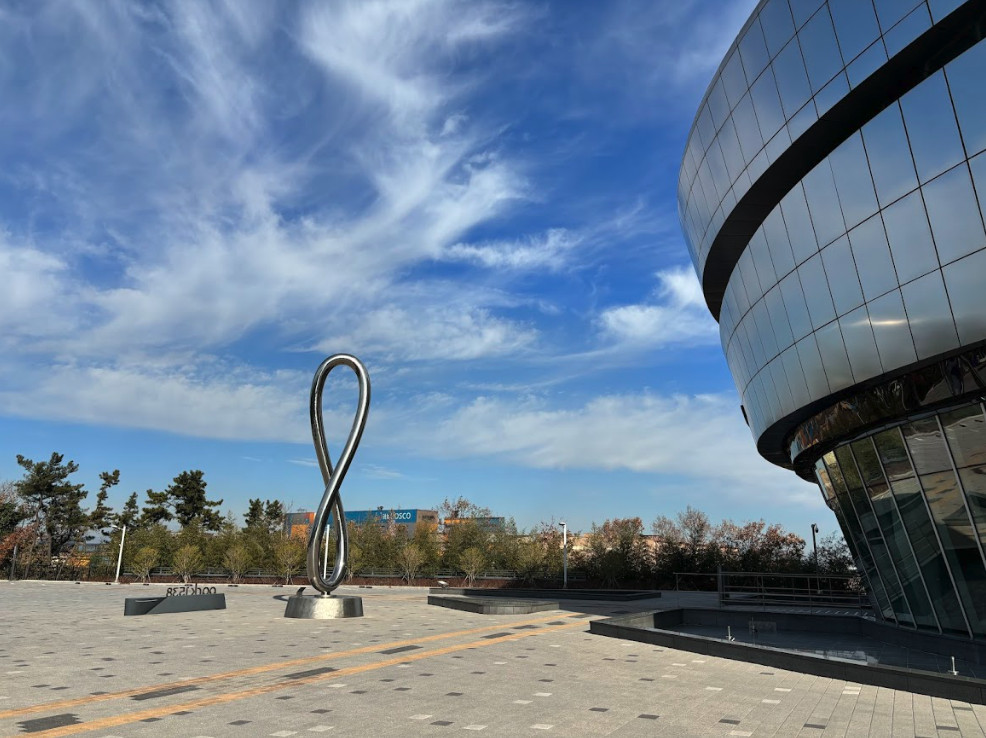
K
span id="docs-internal-guid-35ced1bb-7fff-89a4-b7d0-943c68e4e3d0">Korea is a medley of traditional practices and future technologies, an intersection between where we currently are and the possibilities of where we are heading to. Throughout the capital city, hanok-style buildings of the bygone age are now used to house the latest in fashion; a testament to the perfect blend of past, present and future.
In Seoul, nothing is more futuristic that the SK Telecom Ubiquitous Museum, T.Um. While no recording or photography of any kind is allowed inside the museum, this experience is not something a visitor will ever forget.
For a bit of context, SK Telecom is one of the biggest wireless telecommunications operator companies in Korea and it recently embraced artificial intelligence (AI) into its operations. Utilizing AI for the museum, it is taking visitors into a new smart city in the middle of the ocean, a scary, yet, possible scenario of human life in the future.
Meanwhile away from Seoul, the country’s giant steel-making company POSCO also has its own story to tell about how steel built this country and put Korea where it is today. Using advance technology of its own, POSCO takes visitors on a journey that spans centuries, from 300 BCE to 2023.
Where we’re going
The year is 2053. Guests have left their hometowns to take up residence in HI-Land. To start the journey, a highspeed transportation, the hyperloop train, will leave the station to take visitors to run a few errands before entering the new city.
Stepping off the train will take visitors to the space shuttle where they will be greeted by a captain who will explain their mission. By relying on various technological advancements provided by SK Telecom, the captain will outline vulnerable areas that are in need of environmental protection.
Visitors will then take their place and be the hero of the story by putting their VR glasses on. The mission is quite simple; to save animals and humans from forest fires that are occurring on earth. Unfortunately, someone becomes a casualty of the fire, and visitors will have to act quickly and operate on him before they arrive at HI-Land.
The spaceship is equipped with a medical room, where technology can detect the injuries and help replace damaged organs as soon as possible. In this case, a man broke his leg trying to escape the inferno down on Earth. Just when visitors think all is well, the museum throws another curve-ball.
As they enter the hologram conference room, they will be informed that an asteroid is about to hit Earth and could potentially wipe out the whole population, reminiscent of the great extinction suffered by the dinosaurs. Visitors will have the chance to save the Earth once more after world leaders, via their holograms, approve the mission to drive the asteroid away using a high-power electromagnetic tool.
With this mission in hand, visitors will once again be led into a different room to power the machine using a VR headset and their hands. Thankfully, museum staff will be by their side the whole time and help however they can.
After saving humanity twice in one day, it is only fair that the visitors can finally take another train to leave the space shuttle and see HI-Land. The view from the ship is magnificent, full of tall buildings, an embodiment of what a smart city should look like, visitors are guaranteed to want to move in. However, they cannot stay long as the current reality is calling. After all, the whole journey should seem like a dream
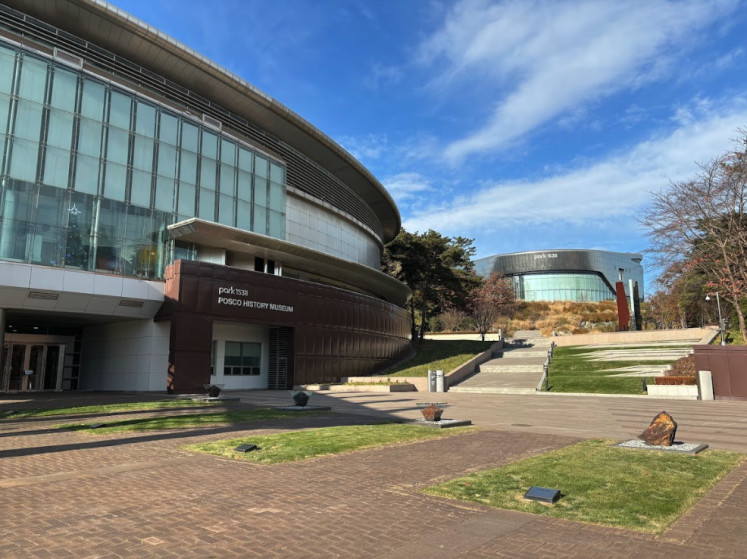
Where we started
Confucius advised: “Study the past if you would define the future.”
In order to truly admire the technology of the year 2053, sometimes it only makes sense to remember where humanity started, or at least where Korea became what it is today. The answer can be found in Pohang, 262 kilometers from Seoul.
Park 1538 is an open space where the past, present and future align as one. The big area also houses the POSCO museum, a vital part of Korea’s success after the Korean War. POSCO is a Korean steel-making company, while 1538 refers to the melting temperature of pure iron in Celsius.
The museum tells the story of how Korea was able to redefine its place in the world order by manufacturing steel. To liven up the story, similar to the T.Um museum, it utilizes the latest media technology to bring that story to life.
Starting off, visitors will be taken back to 300 BCE, where the Iron Age first began in Korea, displaying items of those days such as ancient armor, basic farming tools and primitive domestic instruments.
Skipping a few centuries, the dream of POSCO started days after Korea broke free of Japanese colonial rule and after the Korean War ended, when founders overcame uncountable obstacles and hardships to form Pohang Iron and Steel Co., Ltd. in April 1968.
Coming further inside the museum, visitors are greeted with a large-scale office of the first headquarters, known as “Rommel House.” On the corner is a car, proven to be a vital piece of the history as it doubles as symbolism of how the United States helped the dream come true through funding, indicating the bilateral connection the two countries share today.
The large-scale model of the first office is then dwarfed by a model of the first Pohang Furnace, a realization of the dream. With photos and videos accompanying the furnace, visitors can take in the excitement and cries of joy of the first days of the journey.
On the floor, there are also bits of soft coal and iron ore from Australia, Brazil and other countries. The museum does not just tell the story of how steel and iron became the backbone of Korea’s economy, but also the vital role it plays in other nations in the world.
Next up, a model of the factory is shown, complete with advanced technology to make it seem like it is moving right in front of our eyes. This phase depicts the story of when POSCO shone as the Gwangyang Steelworks was built on the sea, building up land using reclaimed sand to create a shoreline for its factory. A remarkable project even for its time, the construction took 25 years of the company’s devotion.
Finally, in 1993, all the hard work paid off. POSCO has established itself as a world-class steelmaker and an essential partner of the nation’s economic growth. From 1993 to 2002, the company strategically strengthened its corporate roots in the country. A map, full of workers’ faces decorates one wall, which embodies the values of the company where all employees are cherished and appreciated. Visitors are also able to trace whether or not their relatives have ever worked for POSCO, by searching their names on the database.
The rest of the journey through the museum shows the company’s constant efforts to move forward and innovate through its numerous technological advances to keep the environment safe and improve steelmaking efficiency. One of the rooms even includes a transparent model of a car. Could that be something we will have in the near future?
Only time will tell. However, one thing is sure; thanks to the technological advancements of POSCO and SK Telecom, the future seems clearer and closer than ever

